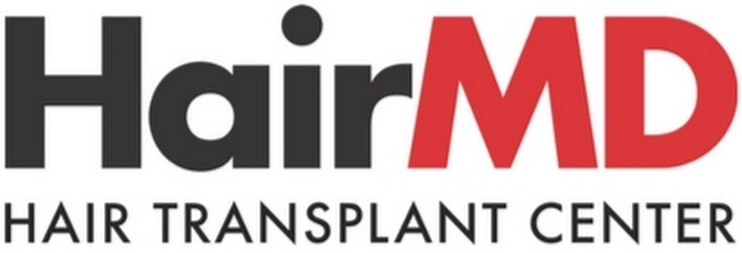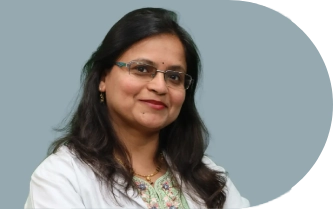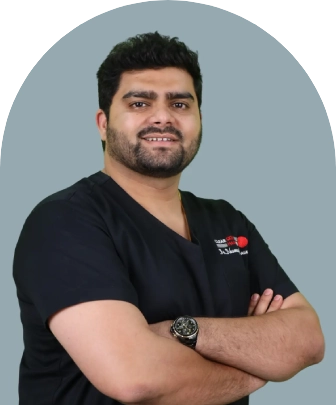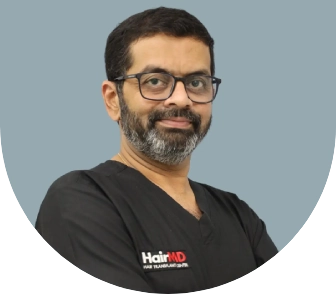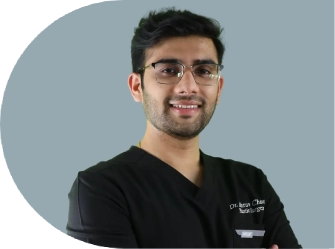24th August 2024
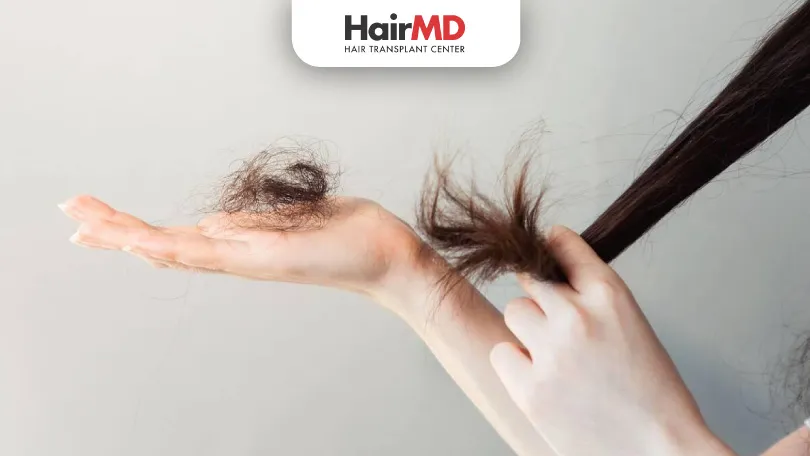
Break Free from Hair-Pulling – Understand, Treat & Regain Control
Trichotillomania is a condition that we frequently encounter at our clinic. To address the many questions we receive about it, we decided to create this detailed blog. Trichotillomania, also known as hair-pulling disorder, is a compulsive disorder that can lead to significant hair loss and distress. Let’s delve into this condition, its symptoms, causes, and treatment options to provide a comprehensive understanding.
What’s covered in the article?
- What is Trichotillomania?
- What are the Symptoms and Signs of Trichotillomania?
- What Causes Trichotillomania?
- How Does Trichotillomania Affect Hair Loss Patterns?
- How is Trichotillomania Diagnosed?
- How is Trichotillomania Treated?
- Conclusion
What is Trichotillomania?
Trichotillomania is a compulsive hair-pulling disorder. Individuals affected by this condition experience an irresistible urge to pull out their hair, leading to noticeable hair loss, bald patches, and emotional distress. This disorder is classified under obsessive-compulsive and related disorders (OCD). People with trichotillomania often pull hair from their scalp, eyebrows, eyelashes, or other body parts with hair. The term “trichotillomania” originates from Greek words: “trich,” meaning hair, “tillo,” meaning to pull, and “mania,” meaning disorder.
When Does Trichotillomania Usually Start?
Trichotillomania typically begins in early adolescence, with the average onset age ranging from 10 to 13 years. During childhood, it affects both genders equally. However, in adults, it is observed more commonly in female patients. This disorder often co-occurs with other mental health conditions like depression, anxiety, and OCD.
What are the Symptoms and Signs of Trichotillomania?
The primary symptom of trichotillomania is recurrent hair pulling. Individuals with this condition may pull hair from the scalp, eyebrows, eyelashes, or other hairy areas of the body.
This leads to noticeable hair loss, bald patches, or thinning areas. Other symptoms include:
Pre-Pulling Tension: Before pulling hair, individuals may feel an intense urge or tension.
Post-Pulling Relief: After pulling hair, individuals often feel relief or pleasure.
Ritualistic Behavior: People may engage in specific behaviors associated with hair pulling, such as pulling a particular type of hair (thick or coarse) or even eating the pulled hair.
Avoidance Behavior: To hide the affected areas, individuals may use hats, scarves, or makeup.
Emotional Impact: Trichotillomania can lead to low self-esteem, embarrassment, anxiety, or depression. Symptoms can vary from mild to severe, depending on the individual’s case and severity.
What Causes Trichotillomania?
The exact causes of trichotillomania are not fully understood, but research has identified several potential factors:
Genetic Basis: Trichotillomania may have a genetic predisposition, meaning it can run in families.
Neurobiology: Imbalances in brain chemicals like serotonin and dopamine may contribute to trichotillomania.
Psychological Factors: Stress, anxiety, depression, and OCD can trigger or exacerbate trichotillomania.
Environmental Factors: Trauma, abuse, or other environmental factors may play a role in developing trichotillomania.
How Does Trichotillomania Affect Hair Loss Patterns?
Hair loss patterns associated with trichotillomania are often specific and can help in identifying the disorder. The hair loss is usually uneven and patchy. For instance, if an individual predominantly uses their left hand, bald patches may appear more on the left side.
Body hair loss can also occur if hair pulling involves different body parts. These patterns often cause scalp irritation and can lead to scalp infections or inflammation.
How is Trichotillomania Diagnosed?
Diagnosing trichotillomania involves a thorough evaluation, including the patient’s behavior patterns, medical history, and physical examination. The Diagnostic and Statistical Manual of Mental Disorders (DSM-5) criteria are used for diagnosis.
These criteria include observing symptoms, checking the duration of symptoms, assessing the intensity or impairment level, excluding other medical disorders, and determining the functional impact on daily life, social relationships, or occupation.
How is Trichotillomania Treated?
Treating trichotillomania requires a multi-disciplinary and multi-specialty approach involving behavioral therapy and medications:
Behavioral Therapy:
Habit Reversal Training (HRT): This therapy helps individuals learn alternative behaviors to replace hair-pulling urges. HRT teaches patients to become more aware of their hair-pulling habits and provides them with strategies to combat these urges effectively. By practicing new responses, individuals can gradually reduce their hair-pulling behavior.
Cognitive Behavioral Therapy (CBT): CBT helps change thought patterns that trigger compulsive behaviors. Therapists work with patients to identify and challenge negative thoughts that lead to hair pulling. Through CBT, individuals develop healthier coping mechanisms and learn to manage their triggers more effectively.
Acceptance and Commitment Therapy (ACT): ACT teaches mindfulness and acceptance practices to manage hair-pulling urges. Patients learn to accept their urges without acting on them and commit to actions that align with their values. This approach helps individuals reduce the distress associated with hair pulling and fosters long-term behavior change.
Medications:
Selective Serotonin Reuptake Inhibitors (SSRIs): These medications help regulate serotonin levels in the brain. SSRIs, commonly used to treat depression and anxiety, can also alleviate symptoms of trichotillomania by reducing the urge to pull hair. They are often prescribed alongside therapy for a more comprehensive treatment plan.
N-Acetylcysteine: This amino acid with antioxidant properties can help reduce compulsive behavior. Studies have shown that N-acetylcysteine can decrease hair-pulling urges and improve overall symptoms in individuals with trichotillomania. It is considered a safe and effective supplement for managing this condition.
Clomipramine: This tricyclic antidepressant is effective for OCD symptoms. Clomipramine works by increasing serotonin levels in the brain, similar to SSRIs. It has been found to be particularly beneficial for individuals with trichotillomania, as it helps reduce the frequency and intensity of hair-pulling episodes.
Support Groups: Support groups can be beneficial for individuals with trichotillomania, providing a platform to share experiences and coping strategies. These groups offer emotional support and a sense of community, helping individuals feel less isolated in their struggle. By connecting with others who understand their challenges, patients can gain valuable insights and encouragement to manage their condition better.
Expert Recommendations
If you or someone you know is suffering from trichotillomania, follow these recommendations:
- Seek Professional Help: Trichotillomania is a multi-disciplinary and multi-specialty disease. Consulting a dermatologist, psychiatrist, or clinical psychologist is essential.
- Behavioral Monitoring: Identifying and tracking hair-pulling triggers can aid in managing the disorder.
- Self-Compassion: Avoid blaming yourself. Trichotillomania is a manageable condition with proper treatment.
Trichotillomania is a challenging disorder, but it can be managed with the right treatment. If you or a friend or family member is dealing with this condition, seek professional help without hesitation. Share this blog widely to ensure that those suffering from this condition get the proper help they need. If you wish to consult an expert dermatologist and hair loss specialist, book an appointment using the contact details provided in the description section.
क्या है Trichotillomania? | Why do People Pull Their Hair? | Causes and Symptoms | Dr Manali, HairMD
Do You Know?
Nearly 250 Patients Visit HairMD
Everyday For Various Hair Concerns?
(Your journey to healthier and fuller hair starts here!)
Meet Our Dermatologists
Conclusion
Trichotillomania is a complex condition that requires attention and care. By understanding its symptoms, causes, and treatment options, individuals can take the necessary steps toward managing the disorder effectively. Professional help is available, and with the right approach, trichotillomania can be managed. If you or someone you know is struggling with this condition, do not hesitate to reach out At Our Best Hair Transplant Clinic for support. We are available to help you out with each of your questions.
Further Reading
How Much Hair Loss is Normal for Teenage Male?
Understand normal hair loss in teenage males and when it may signal an issue. Visit HairMD Pune for expert advice on teenage hair health and treatment options.
Is Hair Loss One of the Side Effects of Using Glucosamine?
Explore potential risks & benefits of this supplement for joint health. Get the facts on hair loss & glucosamine use.
Top Kitchen Ingredients to Boost Hair Growth
Discover the best kitchen ingredients for hair growth! Use coconut oil, onion juice, aloe vera & more to nourish your hair naturally and reduce hair fall.
How to use Minoxidil and Dermaroller together?
Boost hair growth with Minoxidil & Dermaroller! Learn the right technique, benefits, and mistakes to avoid for thicker, healthier hair.
Have thoughts? Please let us know
We are committed not only to treating you, but also educating you.
